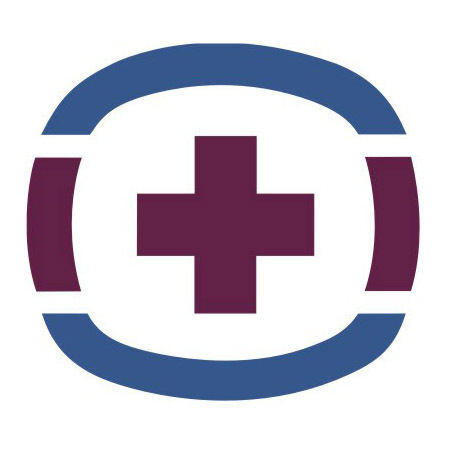Central Health, Travis County’s taxpayer-funded hospital district, shared plans with Travis County Commissioners this week to increase access to Methadone for low income residents. The move comes on the heels of a recent public health crisis declaration by Travis County leaders.
Central Health President & CEO Mike Geeslin informed said Central Health has met with two Methadone providers regarding program development and contract terms. In addition to the current fiscal year investments in opioid use disorders and preventing harm reduction, Central Health will be recommending funding for different types of patient care in its 2023 budget depending on the unique situation of each patient, and will start providing services in the fourth quarter of this fiscal year, between July and October.
“By working with Travis County and other partners, Central Health will add more resources in response to this public health crisis,” Geeslin said. “While the opioid overdose crisis touches almost everyone, Central Health’s focus is on helping people that may have nowhere else to turn – residents with low incomes and without insurance.”
One of the vital details of the proposed expansion of the addiction services program is to ensure Central Health’s funding will be used to create additional access and capacity for its Medical Access Program (MAP) patients and not supplant other federal, state, or local funding sources. MAP and MAP Basic are Central Health programs that cover medical care for qualifying Travis County residents.
Methadone and Suboxone are both used to effectively treat substance use and addiction disorders, said Dr. Alan Schalscha, Chief Medical Officer for Central Health.
“Central Health’s goal is to continue to build an infrastructure that meets patients’ unique treatment needs — where they are — by providing increased opportunities to enter treatment,” Schalscha said. “We’re diversifying treatment options because each patient’s physiology may be slightly different. Some patients do better on Methadone while others may have better outcomes with Suboxone. We want to ensure patients have access to both medications and reduce wait times for services so we can best meet their individual needs.”
The recently released Travis County Medical Examiner Annual Report 2021 showed that drug toxicity is the number one cause of accidental deaths in the county. Overdose deaths in which Fentanyl, a synthetic opioid, was detected rose by 237% over the last year.
Judge Andy Brown said the county will provide $350,000 for overdose prevention efforts, including $150,000 to increase the availability of Naloxone (Narcan) in the community and for overdose prevention kits, and $200,000 to support community-based service providers staff to provide harm-reduction services.





